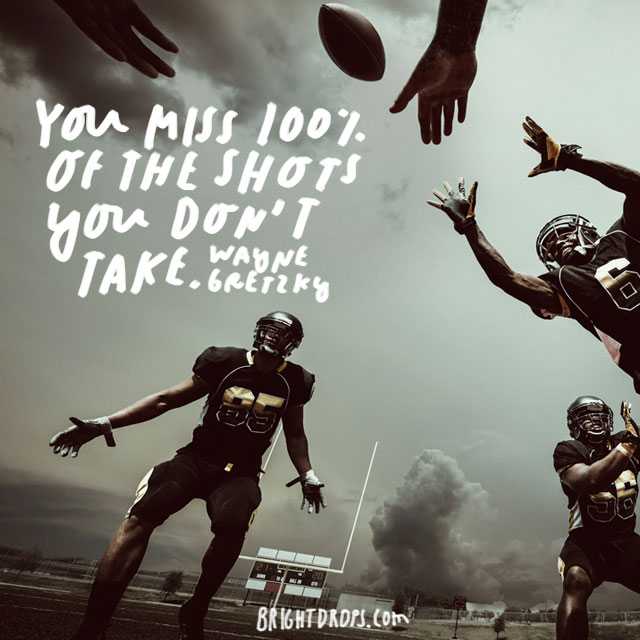10 Martial Arts Styles to Master Today

The world of martial arts is a vast and captivating tapestry, woven from centuries of tradition, discipline, and innovation. Each style offers a unique philosophy, set of techniques, and cultural heritage, making the journey of mastering any one of them a deeply rewarding experience. Whether you seek self-defense skills, physical fitness, mental focus, or a deeper connection to a particular culture, there’s a martial art out there for you. Here, we delve into ten captivating styles, each with its own distinct character and allure:
1. Karate: The Way of the Empty Hand
Originating in Okinawa, Japan, Karate is characterized by powerful strikes, precise kicks, and dynamic kata (pre-arranged forms). Its philosophy emphasizes discipline, respect, and self-control, making it a popular choice for both self-defense and personal development.
Key Techniques: Punches, kicks, elbow strikes, knee strikes, blocks, throws, and kata.
Benefits: Improved strength, flexibility, coordination, focus, and self-confidence.
2. Taekwondo: The Art of the Foot and Fist
Pros: Known for its dynamic kicking techniques, Taekwondo is a highly effective striking art. Its emphasis on speed, agility, and precision makes it a popular Olympic sport and a valuable self-defense system.
Cons: While kicks are its forte, Taekwondo may lack the same level of emphasis on grappling and close-quarters combat as other styles.
Originating in Korea, Taekwondo translates to "the way of the foot and fist." Its signature high, spinning kicks and dynamic movements make it visually stunning and athletically demanding.
3. Judo: The Gentle Way
Principle: Judo focuses on using an opponent's strength and momentum against them through throws, takedowns, and grappling techniques. Its philosophy emphasizes mutual welfare and benefit, promoting respect and cooperation.
Training: Judo practitioners (judoka) train in a gi (traditional uniform) and learn a variety of throws, holds, and submission techniques on mats.
Founded by Jigoro Kano in Japan, Judo is an Olympic sport that emphasizes leverage, balance, and technique over brute strength. Its principles of maximum efficiency with minimal effort are applicable both on and off the mat.
4. Brazilian Jiu-Jitsu: The Art of Ground Fighting
Brazilian Jiu-Jitsu (BJJ) is a grappling art that focuses on dominant positions, submissions, and escapes on the ground. It's renowned for its effectiveness in real-world self-defense situations and is a cornerstone of modern mixed martial arts (MMA).
Key Takeaway: BJJ teaches the importance of technique over strength, allowing smaller practitioners to overcome larger opponents through leverage and strategy.
Developed by the Gracie family in Brazil, BJJ gained international recognition through its success in no-holds-barred competitions. Its focus on ground fighting and submissions makes it a highly effective self-defense system.
5. Kung Fu: The Diverse Art of China
Kung Fu encompasses a vast array of Chinese martial arts styles, each with its own history, techniques, and philosophical underpinnings. From the graceful movements of Tai Chi to the explosive power of Shaolin Kung Fu, this diverse tradition offers something for everyone.
Historical Context: Kung Fu has a rich history dating back thousands of years, deeply intertwined with Chinese philosophy, religion, and culture.
With countless styles and lineages, Kung Fu offers a deep well of knowledge and tradition. Its diverse techniques include strikes, kicks, throws, joint locks, and weapon training, often inspired by animal movements and natural elements.
6. Muay Thai: The Art of Eight Limbs
"Muay Thai is not just a sport, it's a way of life. It teaches discipline, respect, and the ability to overcome adversity."
Originating in Thailand, Muay Thai is known for its devastating kicks, powerful knees, and brutal clinching techniques. Nicknamed "The Art of Eight Limbs" for its use of fists, elbows, knees, and shins, Muay Thai is a highly effective striking art and a popular combat sport.
7. Krav Maga: The Reality-Based Self-Defense System
Scenario: Imagine being confronted by an attacker on the street. Krav Maga trains you to react instinctively, utilizing gross motor skills and aggressive counter-attacks to neutralize the threat quickly and efficiently.
Developed for the Israeli military, Krav Maga is a no-nonsense self-defense system designed for real-world scenarios. It focuses on practical techniques, aggressive counter-attacks, and situational awareness, making it highly effective for personal protection.
8. Aikido: The Way of Harmony
Thought Experiment: Imagine deflecting an attacker's strike without meeting force with force. Aikido teaches you to blend with an opponent's energy, redirecting their attack and using their momentum against them.
Founded by Morihei Ueshiba in Japan, Aikido is a martial art that emphasizes blending and redirecting an opponent's energy rather than meeting force with force. Its techniques involve throws, joint locks, and pins, promoting conflict resolution and self-defense without causing serious injury.
9. Capoeira: The Dance of War
Cultural Impact: Capoeira's unique blend of martial arts, dance, and music has gained global recognition, promoting cultural understanding and appreciation for Afro-Brazilian heritage.
Born in Brazil during the colonial era, Capoeira is a unique blend of martial arts, dance, and music. Its fluid movements, acrobatic kicks, and rhythmic music create a captivating spectacle, while its underlying martial principles emphasize agility, deception, and strategic thinking.
10. Hapkido: The Art of Coordinated Power
Practical Application: Hapkido's joint manipulation techniques can be used to control and subdue an opponent without causing permanent damage, making it valuable for law enforcement and security personnel.
Originating in Korea, Hapkido is a comprehensive martial art that combines striking, kicking, throwing, and joint manipulation techniques. Its emphasis on circular motion, fluidity, and adaptability makes it a versatile and effective self-defense system.
Which martial art is best for self-defense?
+ div>There's no single "best" martial art for self-defense. The most effective style depends on individual needs, preferences, and the specific situation. Krav Maga and Brazilian Jiu-Jitsu are often praised for their practicality in real-world scenarios, while styles like Karate and Taekwondo provide strong foundational skills.
How long does it take to master a martial art?
+Mastery is a lifelong journey. While achieving basic proficiency can take a few years, true mastery requires decades of dedicated practice and continuous learning. Remember, the path is just as important as the destination.
Can I learn martial arts at any age?
+Absolutely! Martial arts are accessible to people of all ages and fitness levels. Many styles offer modified techniques and training methods to accommodate different needs and abilities.
What equipment do I need to start martial arts?
+Most styles require a comfortable training uniform (gi or dobok) and protective gear like gloves, pads, and mouthguards. Your instructor will guide you on specific requirements for your chosen art.
How do I choose the right martial art for me?
+Consider your goals (self-defense, fitness, competition, etc.), interests, and learning style. Research different styles, observe classes, and talk to instructors to find the one that resonates with you.
The world of martial arts is vast and inviting, offering a path to physical prowess, mental fortitude, and cultural understanding. Each style presents a unique journey of discovery and growth, waiting for you to take the first step. Remember, the most important factor is finding a style and a community that inspires and motivates you to embark on this transformative journey.



